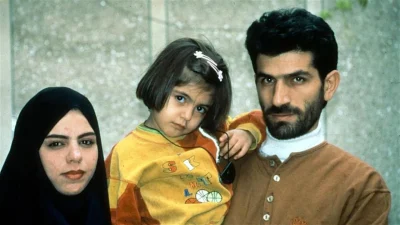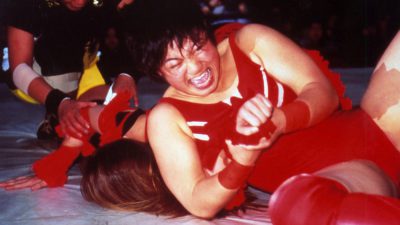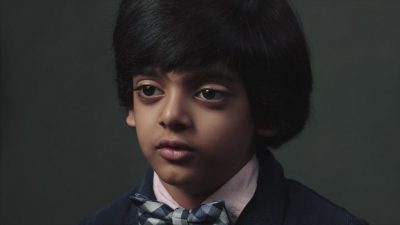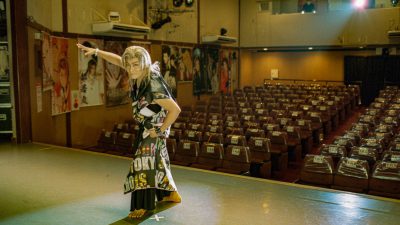
Shinjuku Boys
Shinjuku Boys introduces three onnabes who work as hosts at the New Marilyn Club in Tokyo. Onnabes are women who live as men and have girlfriends, although they don't usually identify as lesbians.
As the film follows the onnabes at home and on the job, all three talk frankly to the camera about their gender-bending lives, revealing their views about women, sex, transvestitism and lesbianism. Alternating with these illuminating interviews are fabulous sequences shot inside the Club, patronised almost exclusively by heterosexual women who have become disappointed with real men. This is a remarkable documentary about the complexity of female sexuality in Japan today.
It’s 7AM and as the streets of Tokyo start to come alive, a group of Onnabes leave the New Marilyn Club to head back home. After a long night of entertaining customers at the club and singing Karaoke, they’re pretty tired, but their suits are still sharp as ever (if a little baggy) and their hair looks freshly coiffed. Apart from the hour, they don’t look much different than any other style conscious young man looking to make an impression – except for the fact that they are all women. After all, the term Onnabe refers to a woman who lives as a man and dates other women. “Shinjuku Boys”, a documentary from 1995 by Kim Longinotto and Jano Williams, not only introduces us to three of them, but provides three very intimate portraits.
Filmmaker Kim Longinotto has numerous awards for a variety of documentaries (such as “Rough Aunties”, “Divorce Iranian Style” and “Sisters In Law”) and many of them focus on women in extraordinary circumstances and provide some understanding as to how they survive. Given that and a quick reading of the topic of “Shinjuku Boys”, one might be led to think these women are reacting to a very patriarchal society and looking for their own roles within it. That’s not the case. These “boys”, as the tend to be referred to, have far more personal reasons for choosing to adopt these more masculine roles.
The film splices in scenes from within the club (where the Onnabes work as hosts to female clientele) with individual interviews and glimpses of their personal lives outside the club. Of the three, Gaish is the only one who seems to extend the contacts from within the club to outside. He seems to attract several clients who want to keep her to themselves and are very eager to have a monogamous relationship. Gaish also seems to relish being slightly cruel to these women – purposely ignoring their calls, hanging up on them and being a bit too brutally honest. Of course, it only pulls these women in deeper. Whatever it is they aren’t getting from the other men of Tokyo, Gaish seems to have it. Tatsu, on the other hand, lives with a lovely young 19 year old girl in what seems to be a very caring relationship. The hormone injections seem to be helping bring out further masculine traits in Tatsu (and more hair), but it won’t help in ever allowing them to conceive a child together – something they seem to accept well enough, though there are certainly pangs of sadness in their words. Kazuki also seems to have found a partner outside the club. He lives with Kumi, a man who lives as a woman, and though their relationship is “sexless”, there appears to be a strong, comfortable and completely loving rapport between them.
The film works so well because Longinotto and Williams have found some amazing subjects who are willing to share their lives and talk openly about them. And yet, Kazuki has not even told his own mother about being an Onnabe. One of the best scenes in the film actually shows Kazuki calling his mum, delicately broaching the subject and finally telling her about how he really lives. He shares with the camera how terrified he is, but his chain-smoking through the call is enough to let us know that.


















































